The Ultimate Road Trip to Utah’s “Mighty 5” National Parks
You won’t have any trouble finding great road trips in the USA. Especially the American West is crisscrossed by numerous scenic highways and byways, stringing together some of the world’s greatest national parks.
One of the finest examples of a classic road trip state is Utah, home to five spectacular national parks.
Beautifully lined up across the southern part of the state, this quintet of Utah national parks is known as the “Mighty 5”—and rightly so.
I road tripped through all five national parks in Utah myself, a 10-day journey through both time and space, from ancient rock formations and imposing canyons to fascinating historic sites and glorious sunsets.
This Utah national parks road trip itinerary post contains affiliate links. You can read more about our Terms of Use / Disclosure here.
The Ultimate Utah National Parks Road Trip Itinerary
In this post, I’ll tell you what to expect from a southern Utah national parks road trip.
Since most people start their road trip to the epic national parks of Utah from either Las Vegas or Salt Lake City, you’ll find them listed from west to east—from Zion to Arches.
Zion National Park
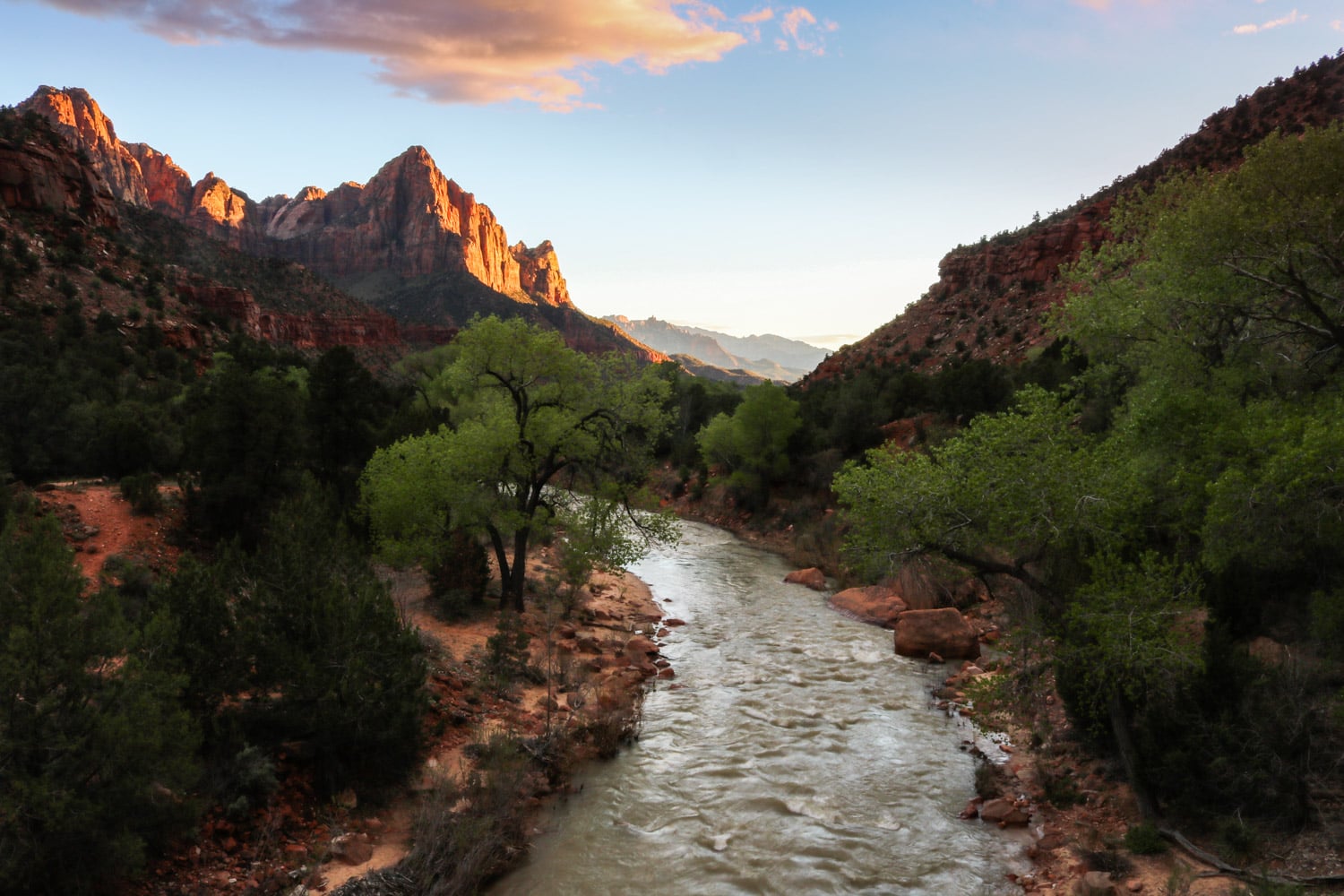
The cliffs of Zion Canyon rise up monumentally alongside the meandering, gem-blue Virgin River, while the leaves of cottonwood trees rustle in the gentle breeze.
Zion Canyon is the creation of this seemingly calm river. Many plants and animals that live in Zion National Park rely in some way or another on the life-giving waters of the Virgin River.
Even people found livelihood in this unforgiving landscape because of the river’s endless, if sometimes scarce, flow of clear water.
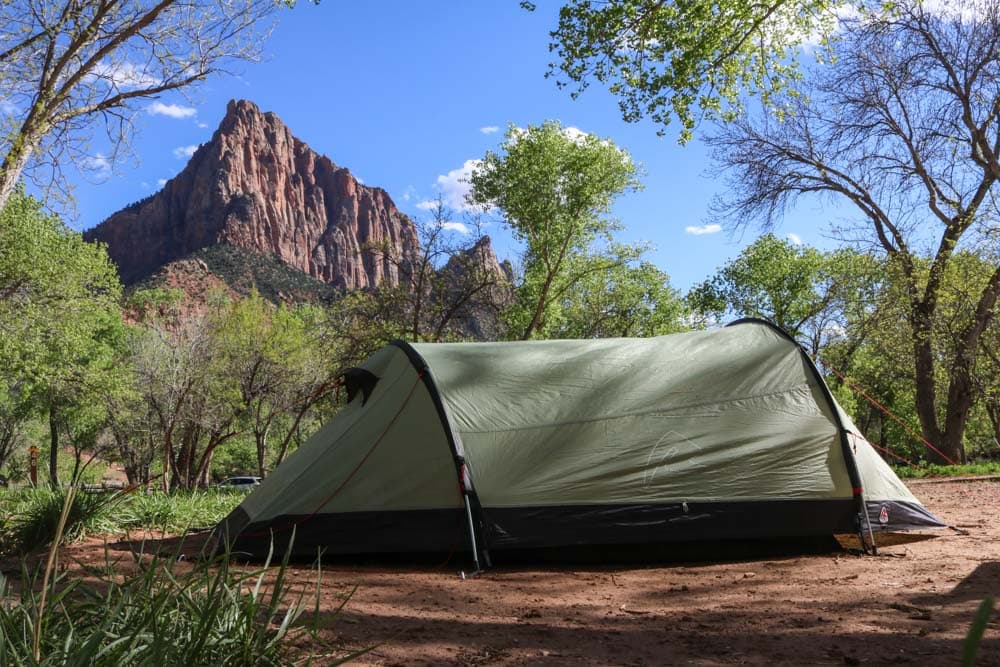
The first people who lived in Zion Canyon, thousands of years ago, hunted camels and mammoths in sheltered canyons and open desert. They also developed agricultural practices and settled down in Zion Canyon.
These were the Ancestral Puebloans, a group of Native Americans that occupied much of the Colorado Plateau, from the Grand Canyon to their wonderful cliff dwellings at Mesa Verde.
After they eventually moved out of the canyon, a completely different group of people moved into the region in the mid-19th century—European settlers and pioneers.
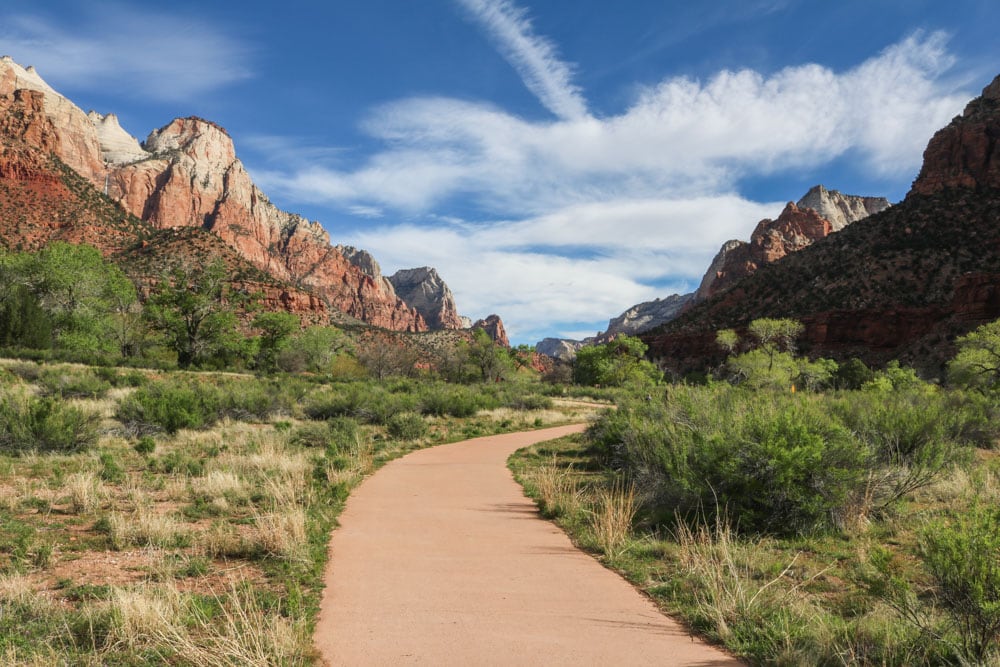
The first Euro-American settlers to enter what is now Zion National Park were Mormon pioneers . They gave many landmarks in Zion National Park their modern names, including the name “Zion” itself, but also places such as the Court of the Patriarchs and Kolob Canyon.
Zion National Park, established in 1919, is now one of the most-visited national parks in America. It attracts more than four million people each year, tourists and adventurers looking to explore some of the world’s most spectacular landscapes.
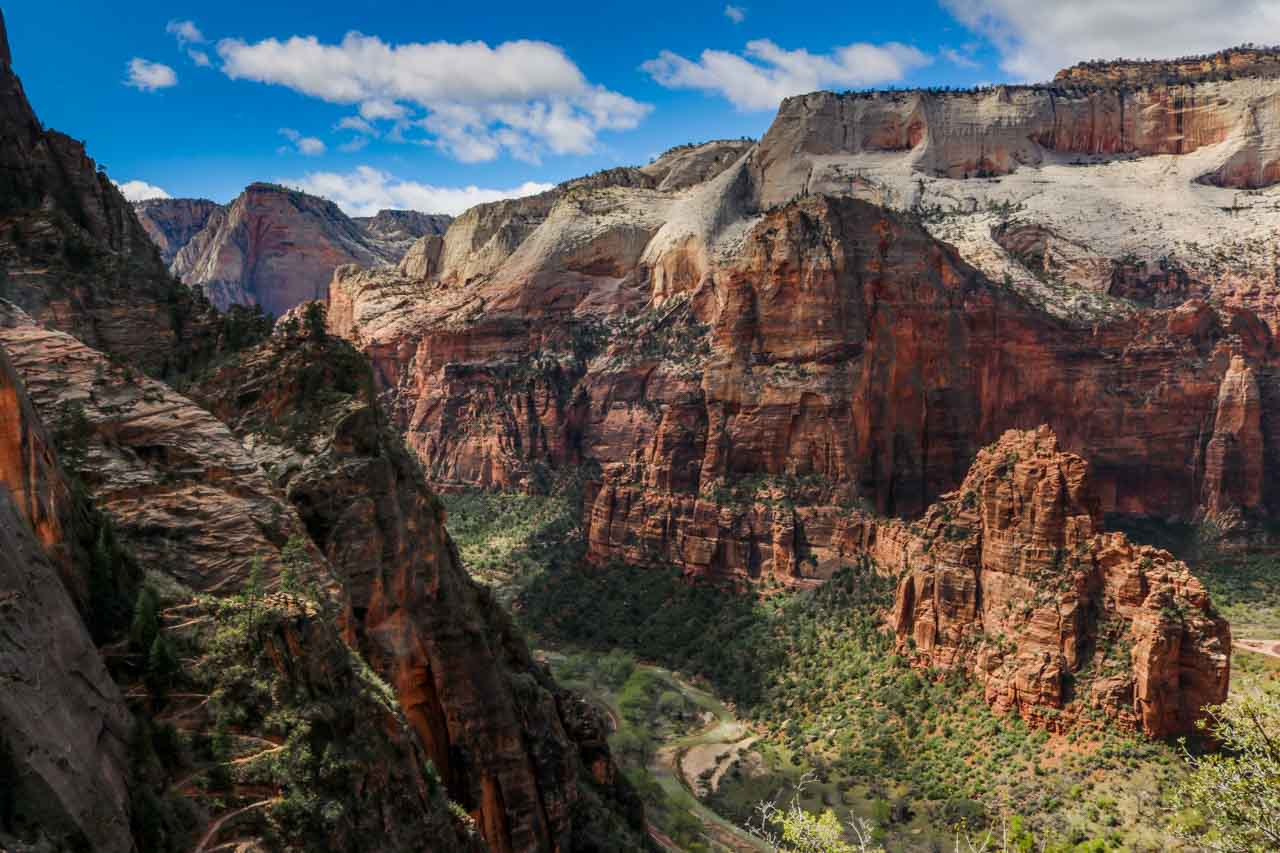
The park is a superb place for outdoor activities, from rock climbing and canyoneering to amazing hiking, including Angels Landing, one of the best day hikes in America’s national parks.
Adrenaline junkies will find sanctuary—”Zion” is a biblical term for a place of refuge—at various places in the park, while more low-key attractions like hanging gardens, weeping rocks, shimmering ponds, and roadside viewpoints in Zion are popular spots among families and day visitors.
Top Zion National Park Attractions
- Angels Landing
- Observation Point
- The Watchman
- Emerald Pools
- The Narrows
- Echo Canyon
- Weeping Rock
Bryce Canyon National Park
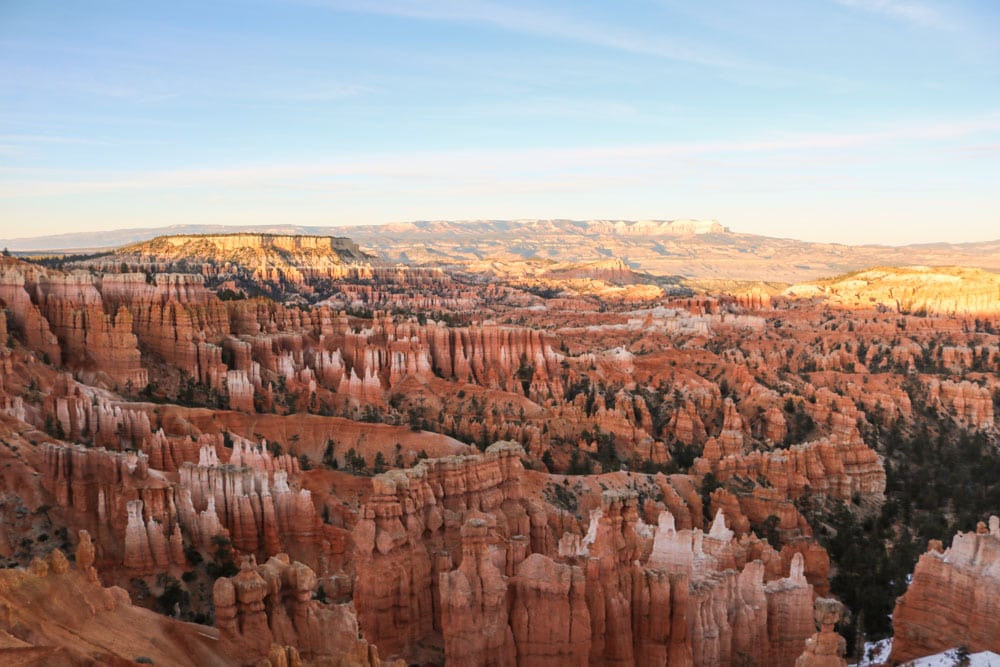
A short distance east of Zion National Park lies Bryce Canyon National Park. These two Utah national parks are often combined with the Grand Canyon to create short excursions from nearby major cities.
The highest of all Utah national parks, Bryce Canyon National Park forms the upper step of what’s known as the “Grand Staircase.”
Bryce Canyon is the highest step of this majestic geological stairway, its elevation between 8,000 and 9,000 feet.
Going down, you’ll pass successively through Grand Staircase-Escalante National Monument, Zion National Park and Grand Canyon National Park, which is the lowest step of the Grand Staircase.
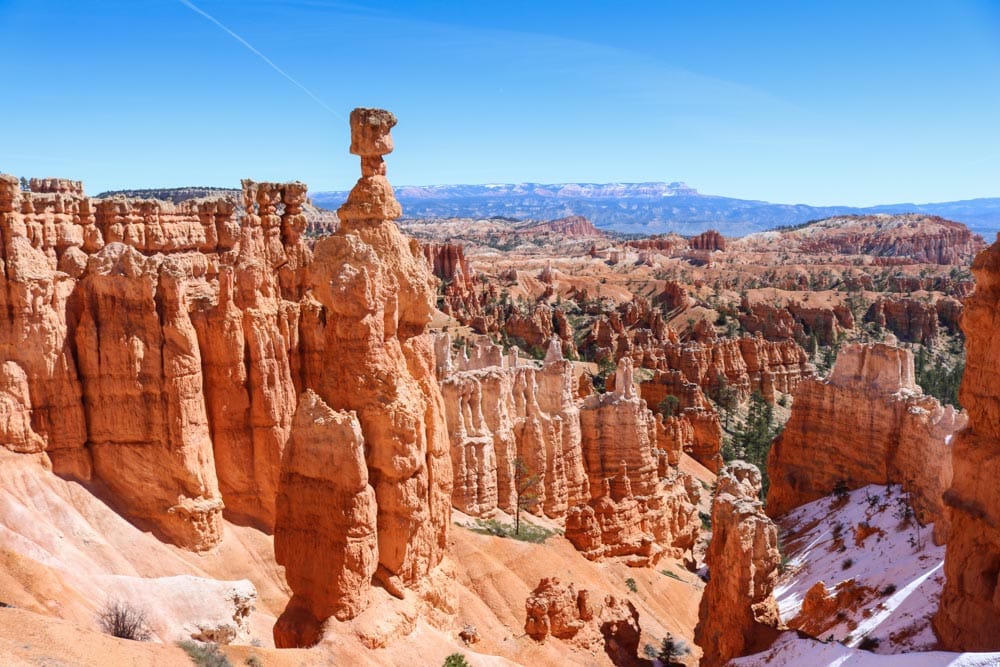
This vast part of the Colorado Plateau is sculpted by water and characterized by canyons, river systems, rock formations and valleys.
Note that, although its name has the word “canyon” in it, Bryce Canyon isn’t actually a canyon at all. Instead of canyons, the park’s landscapes consist of several natural amphitheaters, filled with rock formations, situated on the edge of a desert plateau.
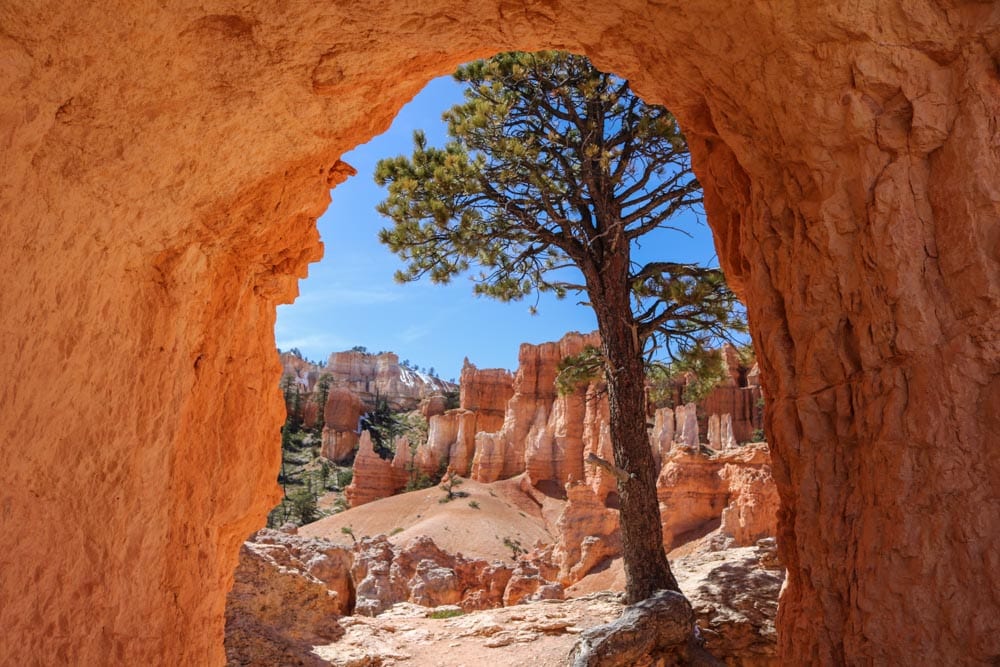
Unlike the iconic deep canyons elsewhere in Utah and Arizona, the flowing water that creates them isn’t present in Bryce Canyon.
However, water still is the sculptor in the park. Over countless centuries, it has chiseled the park’s iconic rock formations through chemical weathering and a physical event called “frost-wedging”.

The majority of highlights in Bryce Canyon National Park are in and around Bryce Amphitheater, the park’s largest and most famous natural amphitheater, and its star attraction. This is where you’ll find most of the hoodoos that so typify this remarkable Utah national park.
You’ll see hundreds of these towering, narrow pinnacles and pillars of red rock, which are best explored on one of the numerous Bryce Canyon hiking trails.
Top Bryce Canyon National Park Attractions
- Queens Garden
- Thor’s Hammer
- Wall of Windows
- Wall Street
- Two Bridges
- Sunrise and Sunset Point overlooks
Capitol Reef National Park
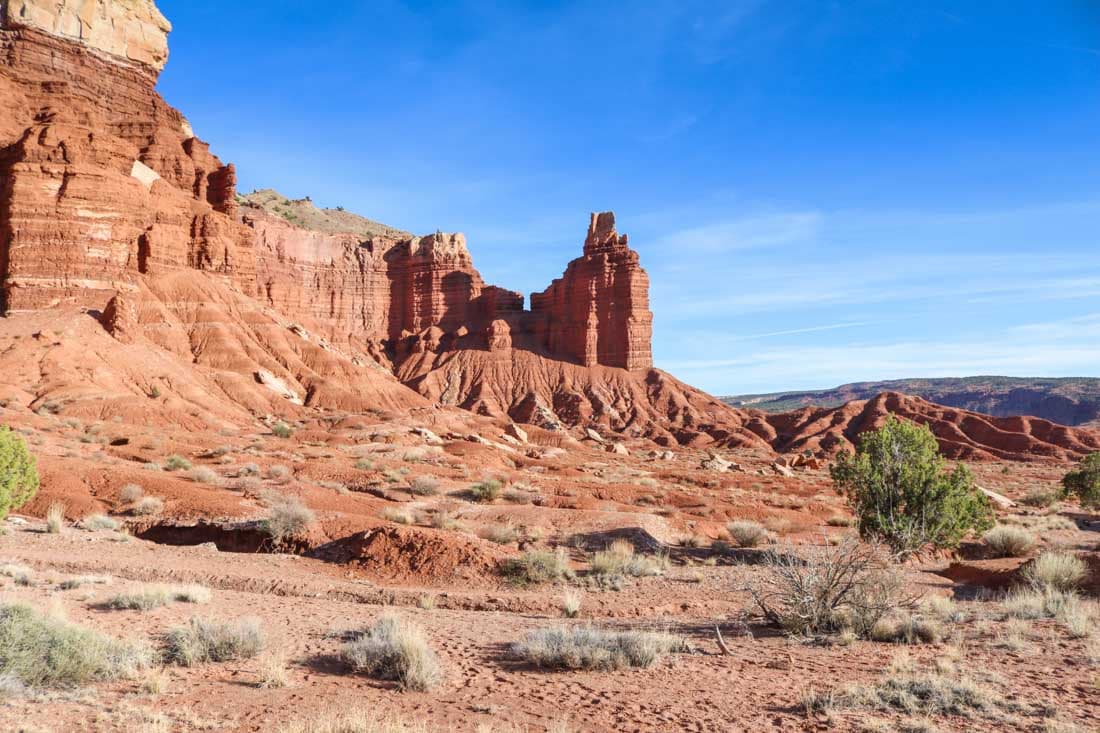
All Utah national parks are phenomenal in their own right, but I have to say that I liked Capitol Reef National Park best.
It’s possibly the most underrated of the “Mighty 5”. Highway 24, a public and a beautiful national park road, cuts right through the park, which means that many travelers often simply drive through the park without really exploring it, maybe quickly stopping in the historic Mormon town of Fruita.
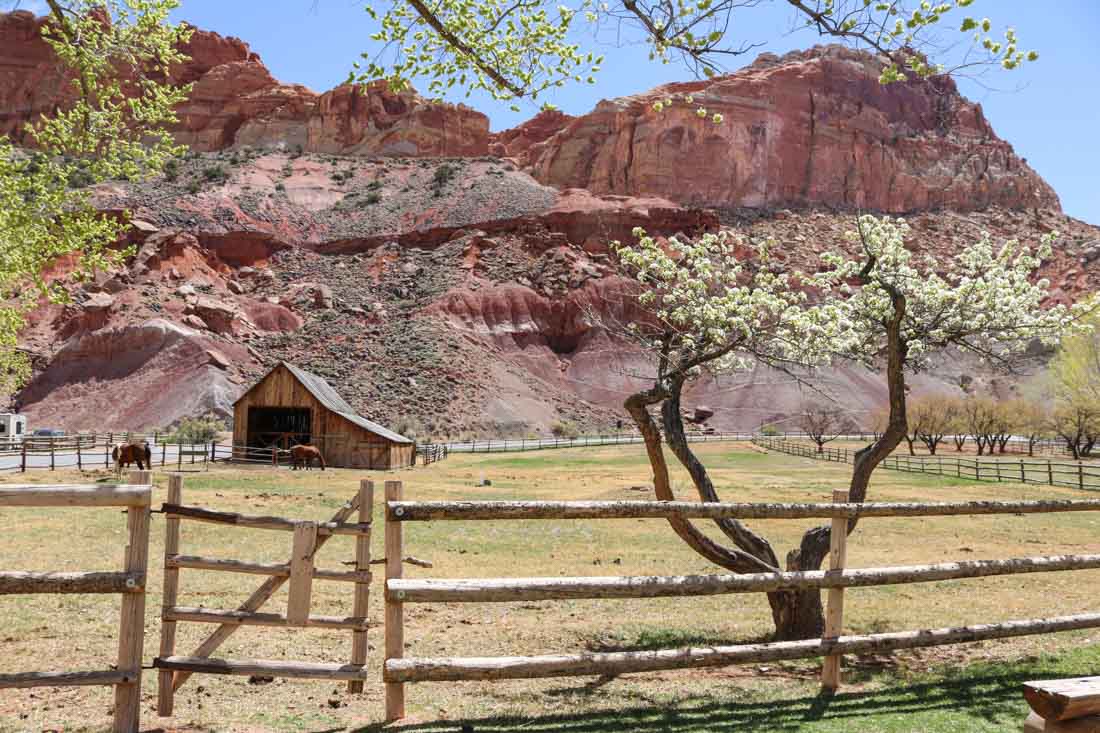
As the middle one of the five national parks in Utah, Capitol Reef is sometimes nothing more than a passing-through park on people’s way between more famous ones like Zion and Arches National Park. This is an absolute shame, since Capitol Reef National Park is amazing.
I recommend taking your time and spending at least two days and one night in Capitol Reef National Park. It deserves it.
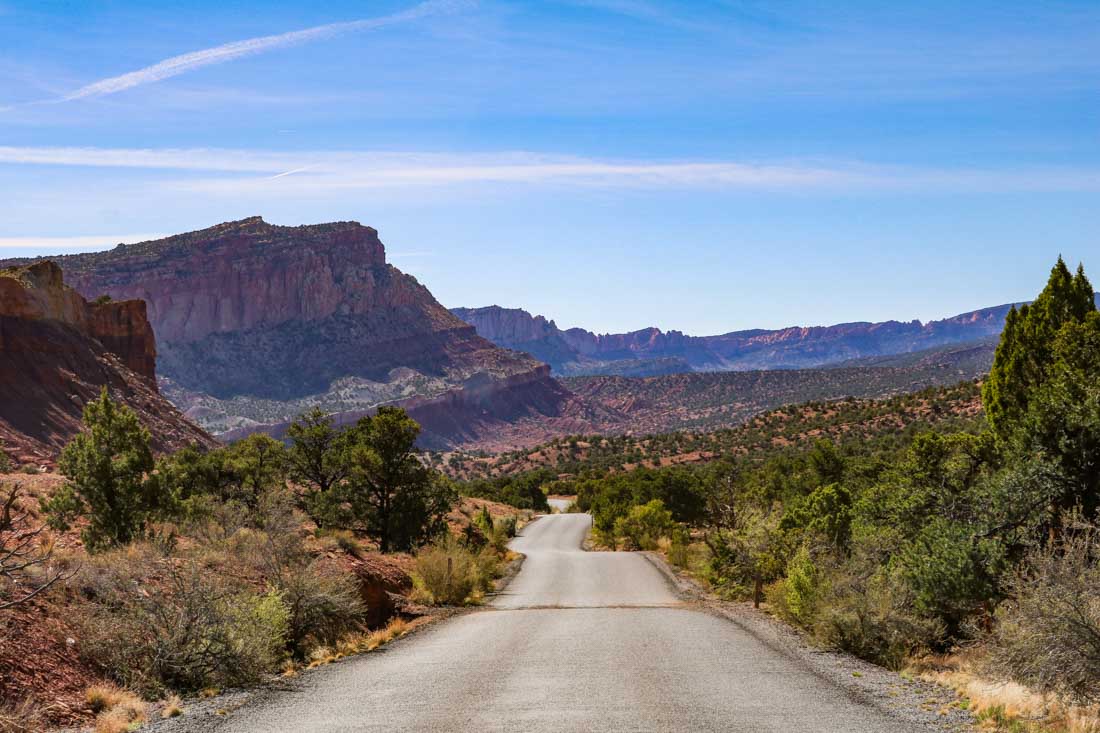
Millions of years of geological activity paired with erosion by water and ice created various remarkable rock formations.
Slot canyons, arches and bridges, tall pillars, domes and cliffs sweep across this vast desert landscape, its colors ever-changing as the sun arches its way across the sky.
Capitol Reef National Park is at its prime early in the morning and late in the evening, when the sun’s low angle casts long shadows across the desert floor.
This is a hot and dry place, best explored just after sunrise or just before sunset, which is why I recommend spending the night in this underrated southern Utah national park.
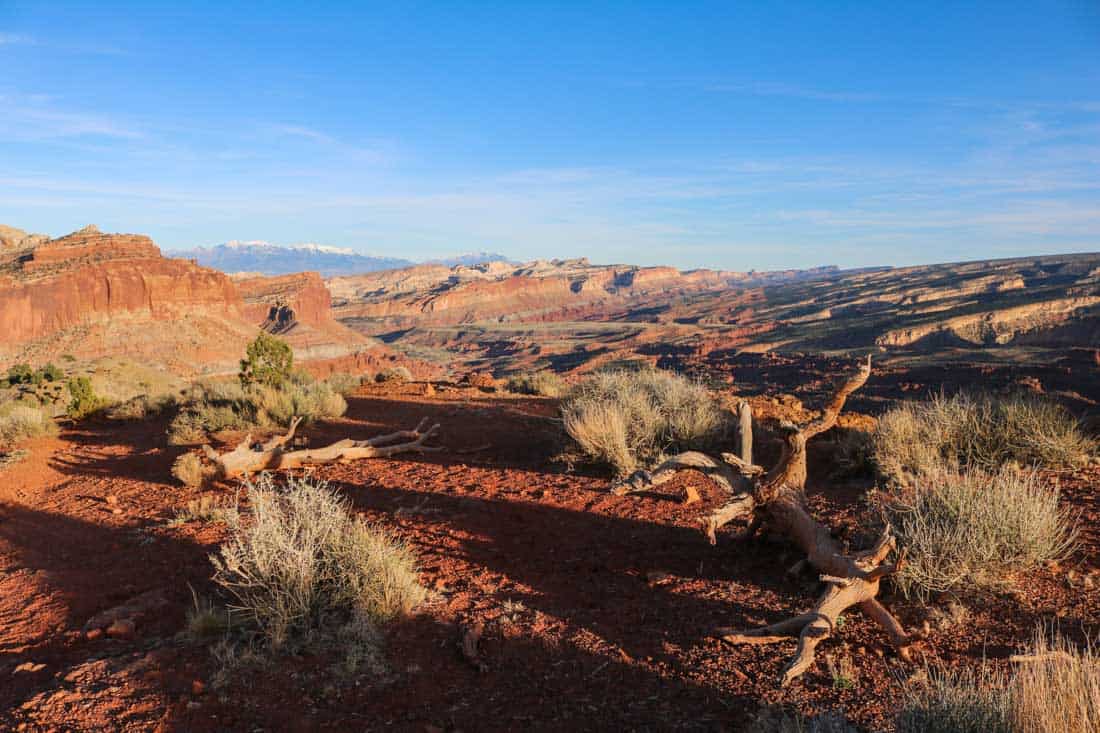
Protecting a 100-mile monocline known as the Waterpocket Fold, Capitol Reef is a large park. There’s one main tourist area, though, which makes visiting the park super-easy.
In Fruita, you’ll find the Visitor Center, as well as a number of preserved historic homes and barns, beautiful fruit orchards, picnic areas, and Capitol Reef hiking trails. Just south of Fruita is the Scenic Drive, which takes you deeper into the park’s desert landscapes.
Unlike all of Utah national parks, there’s still plenty of solitude, remoteness and quietness to be found in Capitol Reef. That, combined with its uniquely spectacular landscapes, is really what sets it apart from all other U.S. national parks.
Top Capitol Reef National Park Attractions
- Fruita orchards
- Gifford Homestead
- Hickman Bridge
- Chimney Rock
- Grand Wash
- Native American petroglyphs
- Cathedral Valley (4WD vehicle needed)
Canyonlands National Park
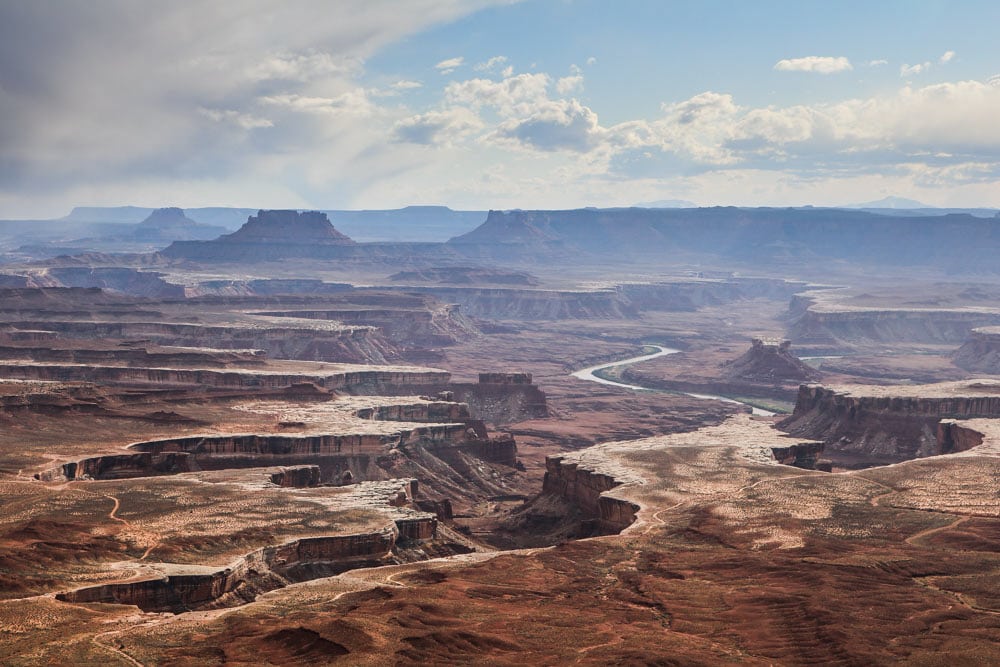
It’s impossible to exaggerate the magnificence and sheer vastness of Canyonlands National Park, in the southeastern corner of Utah.
Situated on the Colorado Plateau and bisected by both the Colorado and Green Rivers, this almost incomprehensibly wild park protects literally hundreds of canyons, as well as countless spires, mesas, buttes and arches.
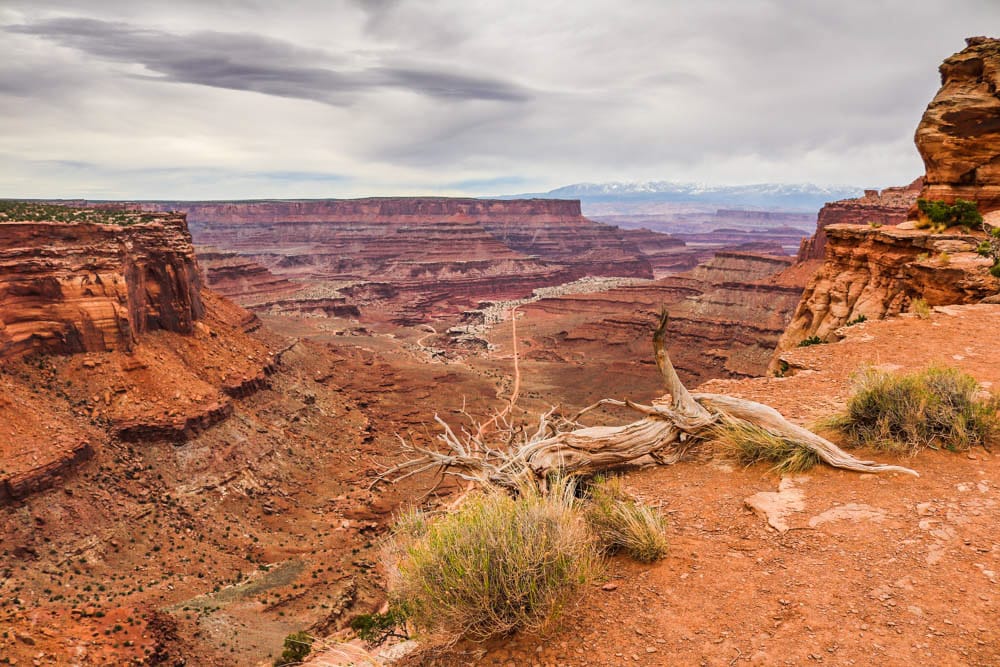
The two rivers that cut through Canyonlands National Park, the Colorado River and the Green River, divide the park into three distinct districts. The rivers themselves are classified as the fourth district.
Together, the districts encompass more than 350,000 acres of rugged canyon wilderness.
Those four different Canyonlands National Park districts are:
- The Island in the Sky
- The Needles
- The Maze
- The Rivers
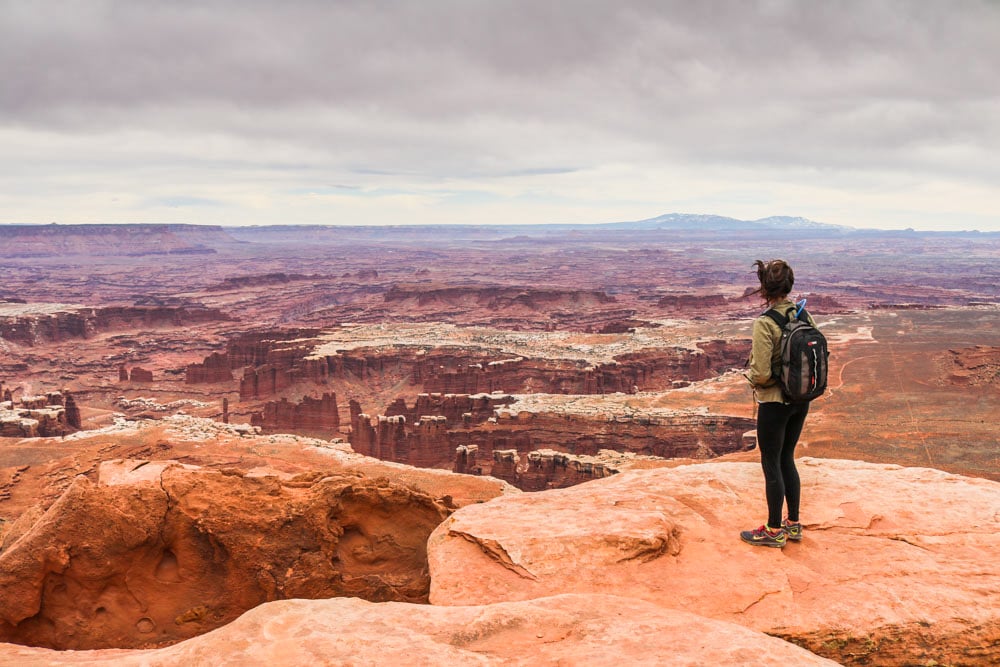
The Island in the Sky is the one that’s easiest to visit, and probably the only one you’ll have time for on your Utah national parks road trip. Located a short drive from the town of Moab and also near Arches National Park, it can be explored on a scenic drive and on various short hiking trails.
The district gets its name from its geographical location. Surrounded on both sides by the canyons of the Colorado and Green Rivers, the area appears to be a floating plateau.
This large mesa is perched more than 1,000 feet above the innumerable canyons and rock formations below. Needless to say, the views are mind-blowing.
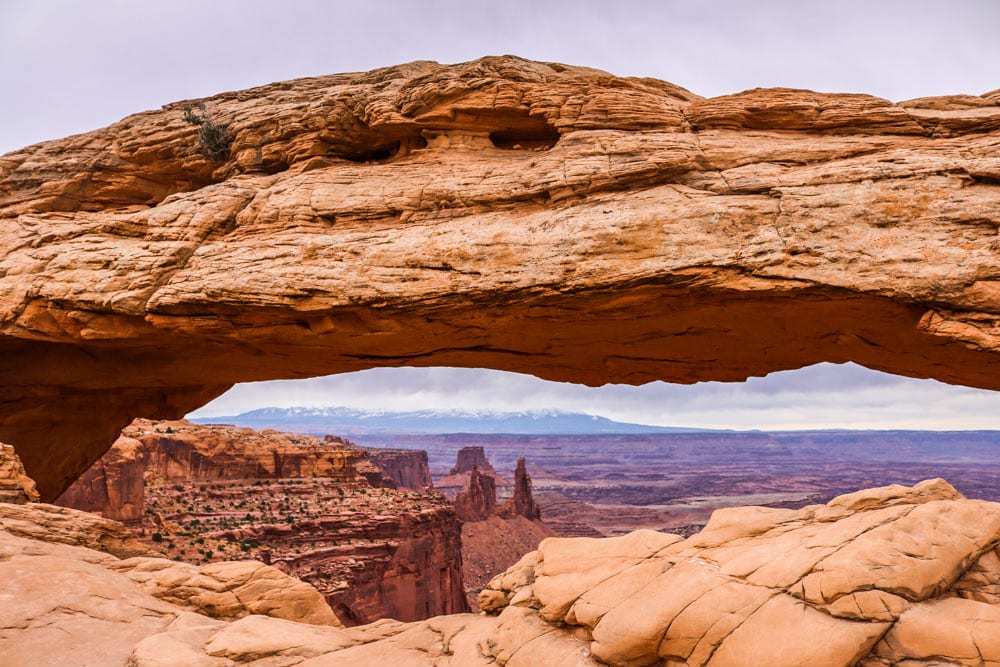
Although the Grand Canyon is obviously a bigger canyon and a lot more famous, I personally was actually more impressed by the canyons of Canyonlands National Park.
With its sheer vertical cliffs, boulder-covered mesas as far as the eye can see, a seemingly endless stairway of canyons and plateaus, and awe-inspiring night skies, Canyonlands National Park is truly America at its very wildest.
It might just be the most objectively spectacular park on this Utah national parks road trip itinerary. Popular activities range from hiking and camping to stargazing and mountain biking.
Top Canyonlands National Park Attractions
- Mesa Arch
- Upheaval Dome
- Green River Overlook
- Shafer Canyon
- White Rim Road
Arches National Park
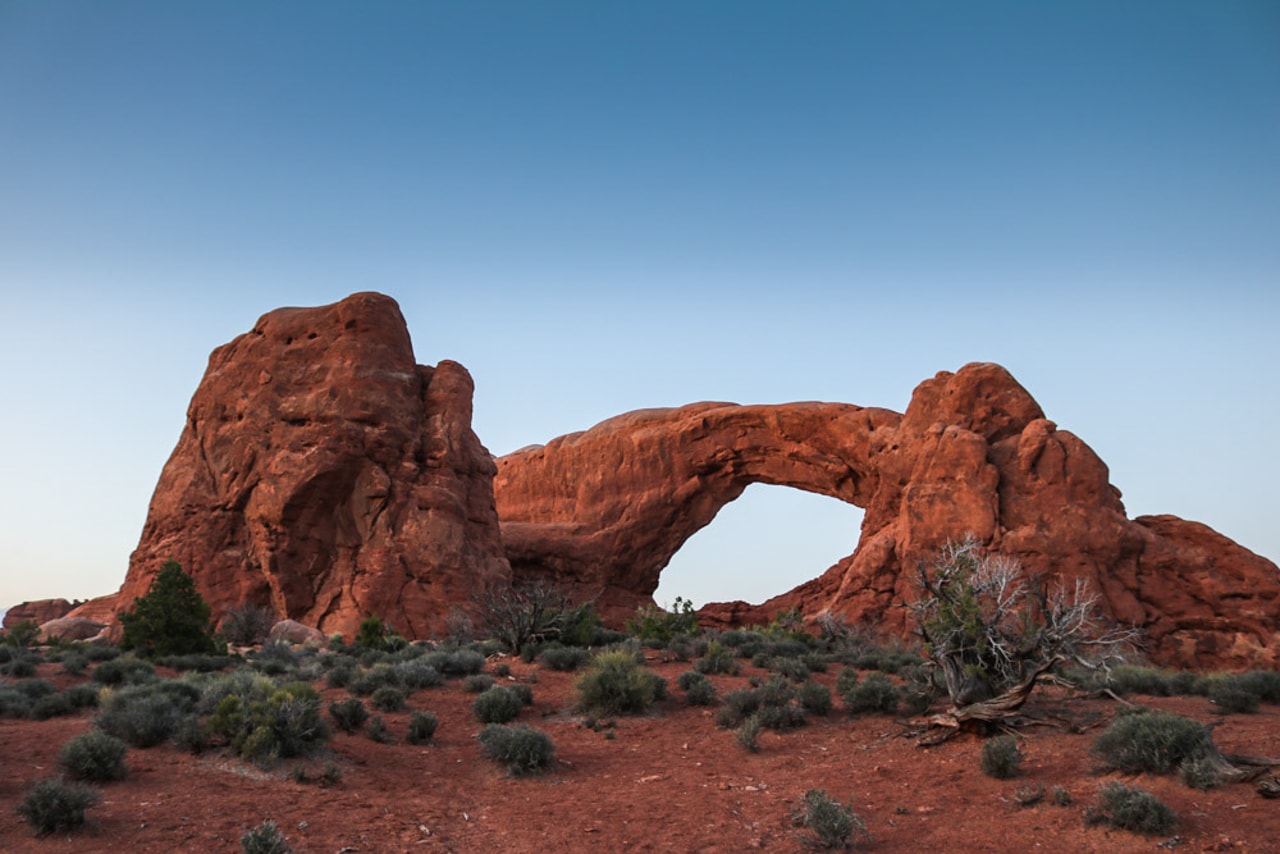
Home to the world’s densest concentration of natural rock arches, Arches National Park is one of the most photogenic national parks in America.
The park is home more than 2,000 cataloged rock arches. They range in size from three feet, which is the minimum required length of an arch, to almost three hundred feet.
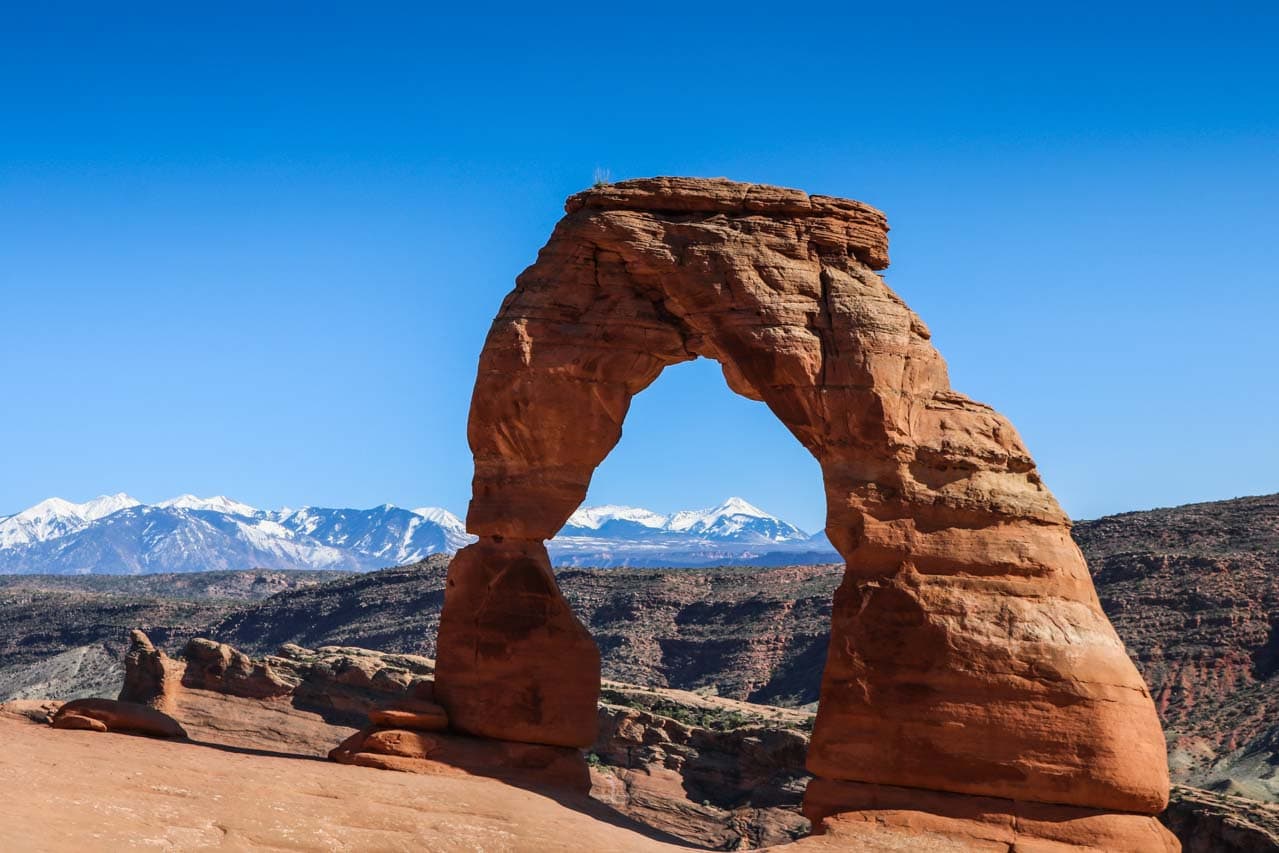
The easternmost of the five Utah national parks, Arches National Park is an extremely accessible park, located just 5 miles from adventure-focused Moab.
Spectacular Canyonlands National Park lies right next door as well.
Begin your visit by stopping at the Arches visitor center to pick up a map and park newspaper, before exploring the park on its only road—the amazing Arches Scenic Drive.
It’s not the largest of parks and the Scenic Drive allows you to get to many places effortlessly.
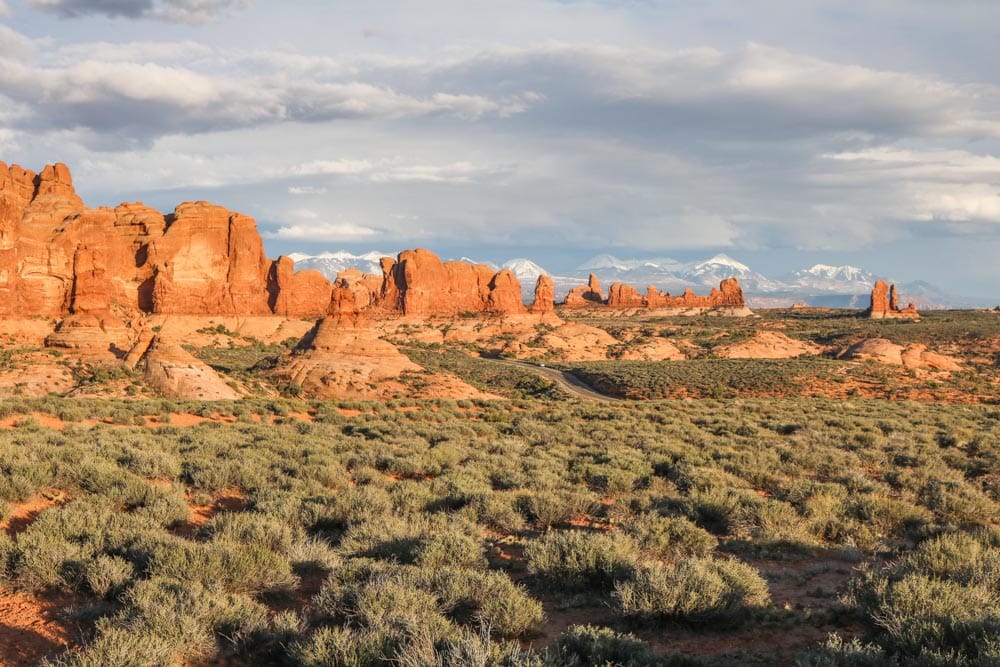
I recommend that you allow plenty of time to do a few of the wonderful hikes in Arches National Park, some of which are truly spectacular.
The Delicate Arch Trail, for instance, is an almost-mandatory hike in Arches National Park. This 3-mile roundtrip hike takes you to the park’s (and Utah’s) most famous rock arch.
Another hike I particularly enjoyed is the Devils Garden Loop, a 7.9-mile circuit to no fewer than seven stunning arches.
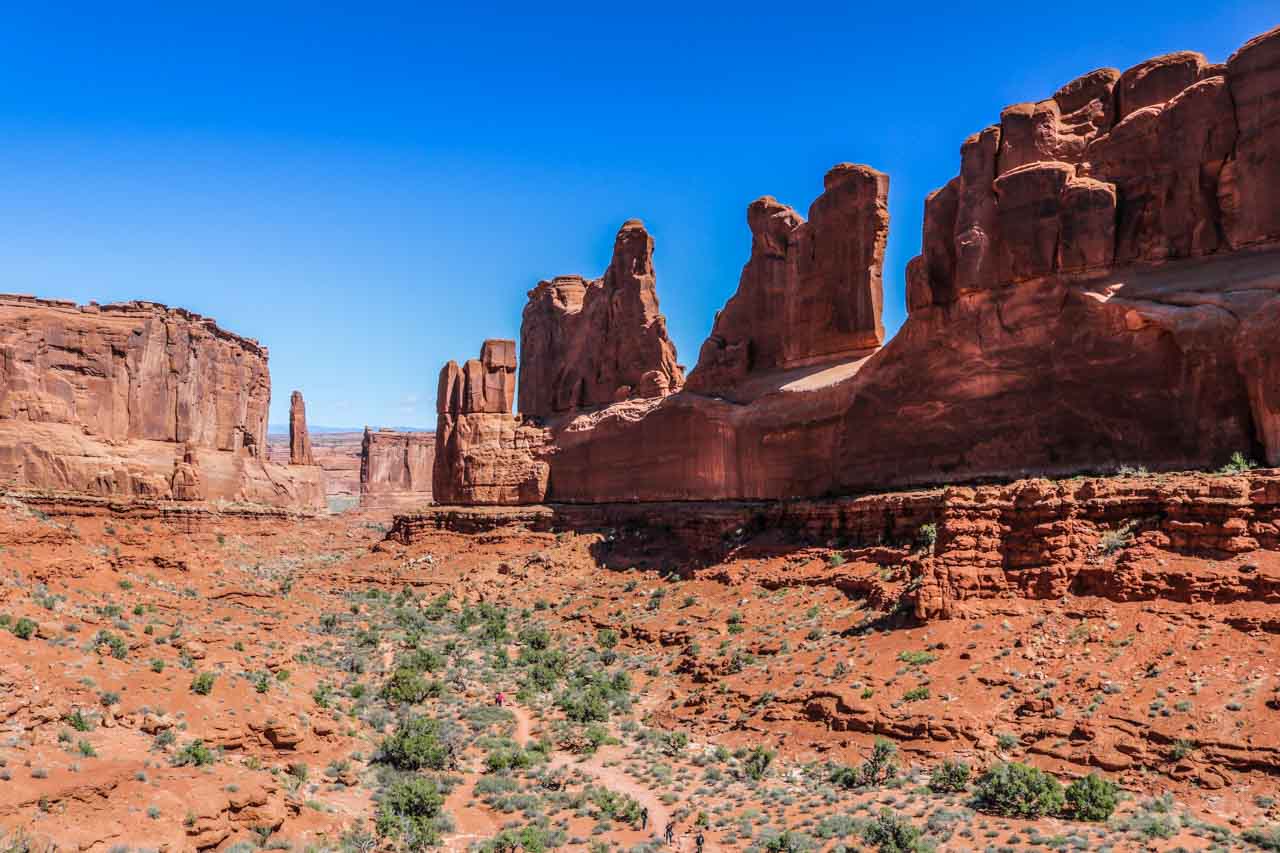
Snaking its way for 19 miles through a desert landscape of rock spires and arches, fins, cliffs, boulders and monoliths, the park road takes you past essentially all the best things to see in Arches National Park. Or at least, it brings you within hiking distance of them.
Top Arches National Park Attractions
- Park Avenue
- The Windows and Double Arch
- Balanced Rock
- Landscape Arch
- Delicate Arch
- Native American petroglyphs
- Devils Garden
Map of Utah National Parks
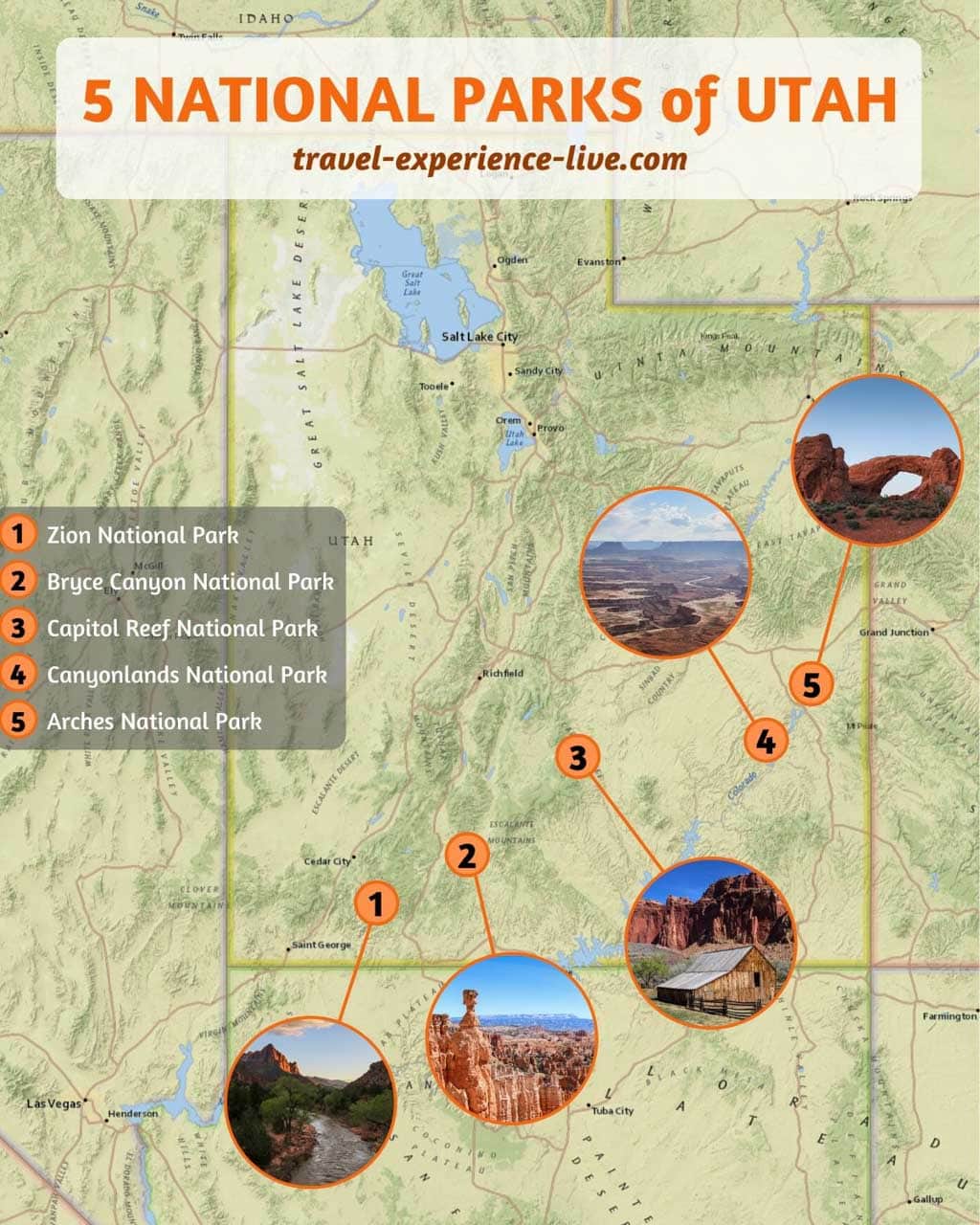
Suggested Starting Points
The two most popular cities to start a Utah national parks road trip are Las Vegas, with Salt Lake City as a close second.
I’d personally recommend starting in Las Vegas—there are several other parks all around Las Vegas, too—because flights are generally pretty cheap and it’s the nearest major city to Zion, the first park on this Utah national parks tour itinerary.
Salt Lake City is a good alternative, though. When you fly into Salt Lake City, situated in northern Utah, the drive is just a little bit longer before you get to the southern Utah parks.
Utah National Parks FAQs
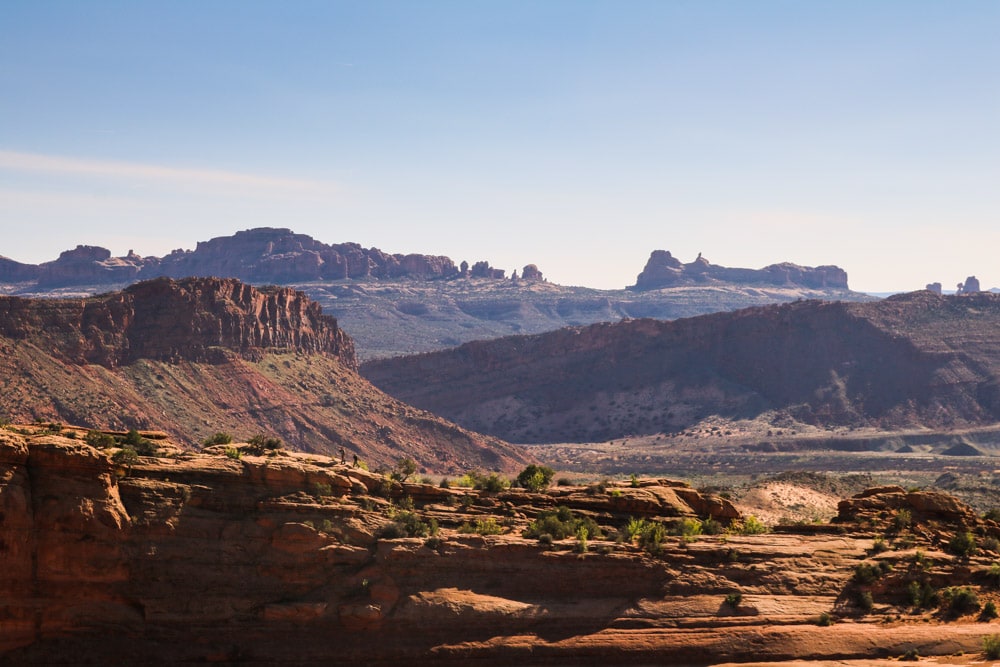
How Many National Parks Are in Utah?
There are five national parks in Utah, all of which are in the southern part of the state. From west to east, they are:
- Zion National Park
- Bryce Canyon National Park
- Capitol Reef National Park
- Canyonlands National Park
- Arches National Park
Additionally, there are also several other National Park Service sites in Utah. Not surprisingly, all but one are natural areas, often preserving extraordinary geological formations.
- Cedar Breaks National Monument
- Dinosaur National Monument
- Glen Canyon National Recreation Area
- Golden Spike National Historical Park
- Hovenweep National Monument
- Natural Bridges National Monument
- Rainbow Bridge National Monument
- Timpanogos Cave National Monument
On top of that, no fewer than four national historic trails run through Utah as well, all of which were important routes during the pioneering era and the settling of the American West. Those are:
- California National Historic Trail
- Mormon Pioneer National Historic Trail
- Old Spanish National Historic Trail
- Pony Express National Historic Trail
What Is the Best Time to Visit Utah National Parks?
Because most of the national parks in Utah are located at a high elevation, snowfall is quite common here in winter. In fact, both Zion and Bryce Canyon are great parks for snowshoeing, while Arches is, if possible, even more beautiful when covered in a dusting of snow.
Summers, on the other hand, are dry and hot, which might not be ideal for long hikes—and I assure you you’ll want to do some hiking during your Utah national parks road trip.
So, the best time for a road trip to the national parks of Utah is either spring or fall.
I did this road trip in April and the weather was glorious. Moreover, as this is well before the peak tourist season, you’ll get to enjoy these parks when they’re much quieter.
Fall, too, is a beautiful time of year for a national parks road trip in Utah. Especially Zion National Park, with its woodland foliage is breathtaking in the fall.
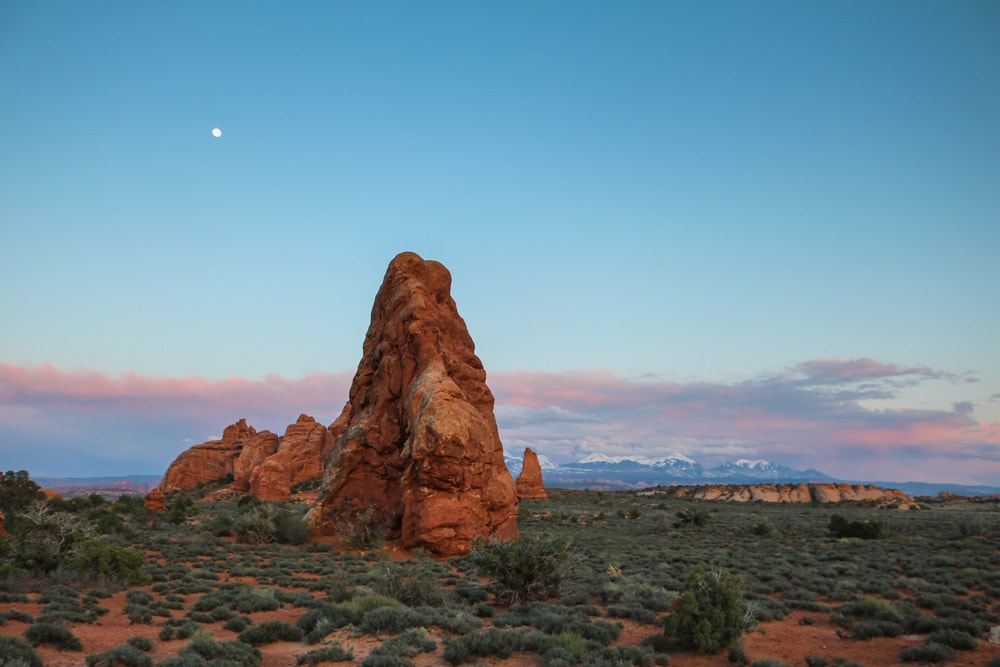
What Is the Best Way to See All National Parks in Southern Utah?
Although myriad tour companies offer (day) trips to famous parks like Zion and Bryce Canyon (as well as the Grand Canyon) from places like Las Vegas, those tours pale in comparison with the freedom that your own wheels can provide.
A Utah national parks road trip is, in my opinion, the only way to really discover and explore these majestic parks in Utah.
With your own vehicle, whether it’s a regular car or an RV, you’re 100% flexible. Where you stop, how long you stay, what you do,… It’ll all be up to you!
How Many Days to Visit the Mighty 5 National Parks in Utah?
I’d suggest at least 10 days for this Utah national parks road trip itinerary.
For each park, this is the minimum amount of time you should spend there for a complete, all-round and unrushed experience:
- Zion National Park – 3 days / 2 nights
- Bryce Canyon National Park – 2 days / 1 night
- Capitol Reef National Park – 2 days / 1 night
- Canyonlands National Park – 1 day / 1 night
- Arches National Park – 2 days / 1 night





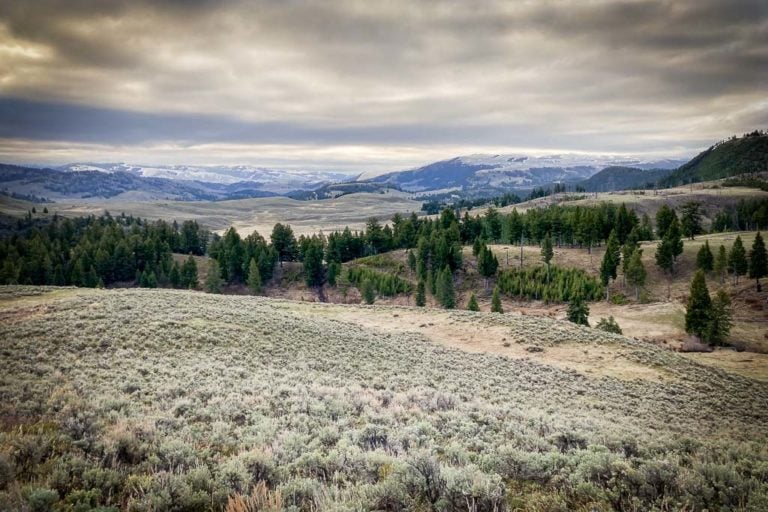

Such a nice road trip itinerary. They are very helpful content. I will visit national park in next month. Thank for sharing.